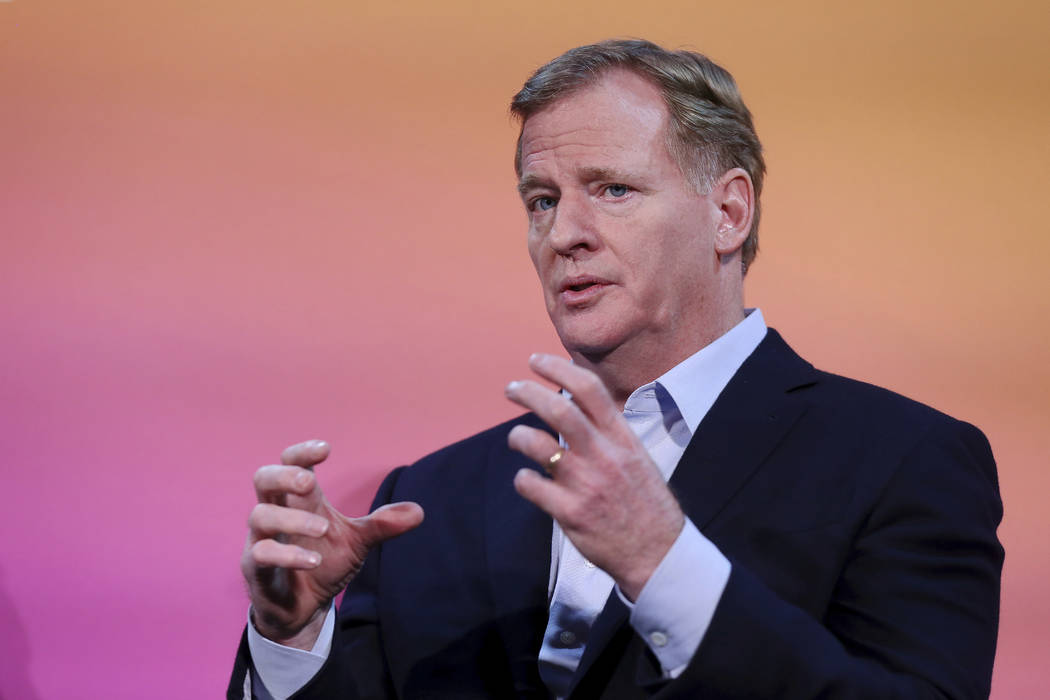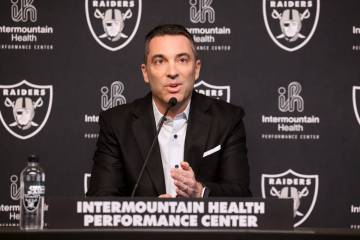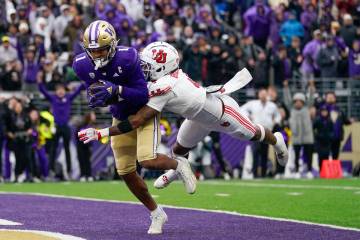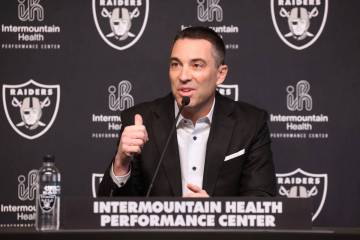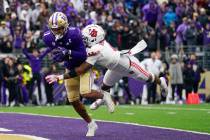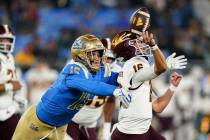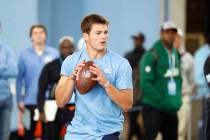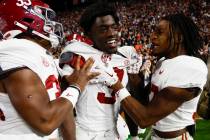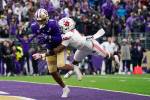New NFL labor deal doesn’t appear to be imminent
The NFL, largely, is a money-making machine — $17 billion in revenue was generated in 2018, the last time the team disbursements were known through the final statements of the Green Bay Packers, the league’s only publicly owned team.
Anything that aids the bottom line is pumped up; anything that might negatively affect it isn’t talked about.
It’s with that understanding that the recent reports of labor talks between the NFL and the players’ union having momentum toward a deal during the upcoming postseason or at the Super Bowl in February, are, at the moment, overstated, according to people close to the negotiations.
In July, ESPN reported there was motivation to get a deal done before the 2019 season.
That didn’t happen.
The Washington Post reported in November “positive momentum has buoyed optimism” that a deal could be completed by the end of the postseason.
That could very well not come to pass, either.
“I don’t know where we’ll be,” commissioner Roger Goodell said on Dec. 11 when asked how far the two sides will be the next time they meet. “I know we’ve committed to work hard and try to keep the issues at the table and try to see if we can reach an agreement.”
While it’s certainly progress that there are even positive words being spoken about the negotiations — the last time around there was saber-rattling ahead of the lockout — it’s not hard to connect the dots about why some people want happy labor talk in the public marketplace.
The labor agreement, which was agreed to after a contentious owners’ lockout in 2011, runs through the 2020 league year (early March 2021). The NFL’s major broadcast TV deals — the biggest moneymakers for the league — run through the 2022 season.
After the new collective bargaining agreement was agreed to in Aug. 2011, the NFL announced just four months later $27 billion worth of extensions of its television contracts.
A similar time frame and increase in revenue would give commissioner Roger Goodell a double win before a possible retirement — labor peace and, perhaps, meeting his stated goal of $25 billion in revenue per season.
While the NFL has constant dialogue about its contracts — and with deep-pocket streaming services and ABC expected to be heavily involved this time around the league is licking its chops— it can’t get down to brass tacks until labor peace is achieved. Hence, the optimistic talk.
“NFL owners know they can’t maximize the next TV deals without labor stability,” said one person familiar with the discussions.
Certainly, both sides would like an agreement in place as soon as possible.
The NFLPA is set to elect new player leadership in March that may have a different outlook on the talks. But it usually takes deadlines to spur real action in these negotiations, and the clock really won’t start until the final league year prior to the CBA expiration begins on March 14.
Related: Las Vegas could soon learn about work stoppages in pro sports
With that as a backdrop, here are the major points of negotiation.
Revenue split: It’s always about the money. The NFLPA took some heat from its membership when the players’ cut of the revenue dropped from 60 percent (net revenue) to 47 percent (all league revenue). This doesn’t appear to be a major point this time around, but the union would likely want to see some changes to the rookie pay structure that ended up being a big win for the owners.
Extra game: The league wants an extra regular-season game and views it another source of revenue, along with two additional playoff teams, a possible extra TV package and neutral-site games. Owners think the players will agree if a reduction of preseason games, possibly extra roster spots and other concessions are made.
Franchise tag, restricted free agency, rookie fifth-year option: The owners aren’t going to budge on the salary cap, the biggest restriction to players’ earning potential. But the players figure to seek adjustments to the other mechanisms — or weapons, as some players say — that owners use to keep labor expenses in check.
Drug policy: The last time around, the owners gave the players a “win” on player safety rules that they were going to get anyway in the concussion-related atmosphere. Relaxing marijuana rules could be that phantom victory this time.
Commissioner discipline: Even though recent discipline cases against Tom Brady and Ezekial Elliott have only increased Goodell’s powers after court battles, there could be some give here with many issues going to arbitration instead of through the commissioner. He would likely retain “integrity of the game” decisions like deflategate, however.
The most likely path to an agreement is for the NFLPA to agree to the extra regular and postseason games in exchange for changes to free agency, especially the franchise tag and reduction in the time rookies are under team control.
The average career lasts about three seasons, and most rookies don’t hit unrestricted free agency until their fourth seasons, and much later for better players.
If the owners wage a fight on that front, it’s unlikely the union will be satisfied only with changes in the drug policy and Goodell’s discipline powers.
Greg A. Bedard covers the NFL for the Review-Journal. He can be reached at gbedard@reviewjournal.com. Follow @GregABedard on Twitter.



